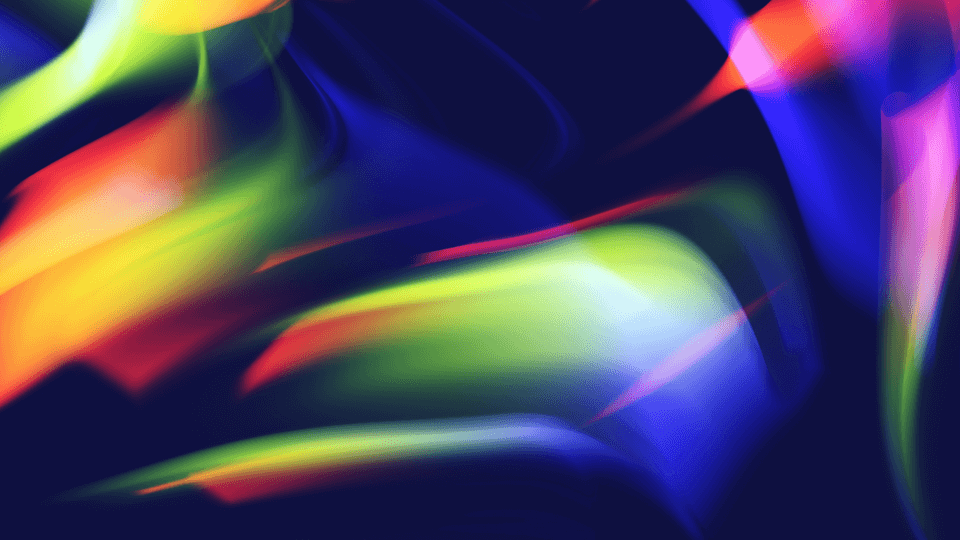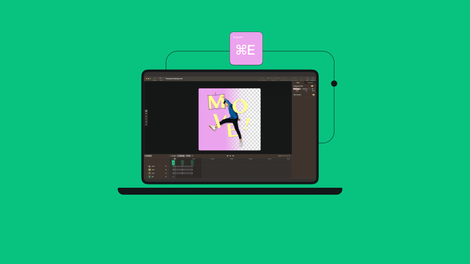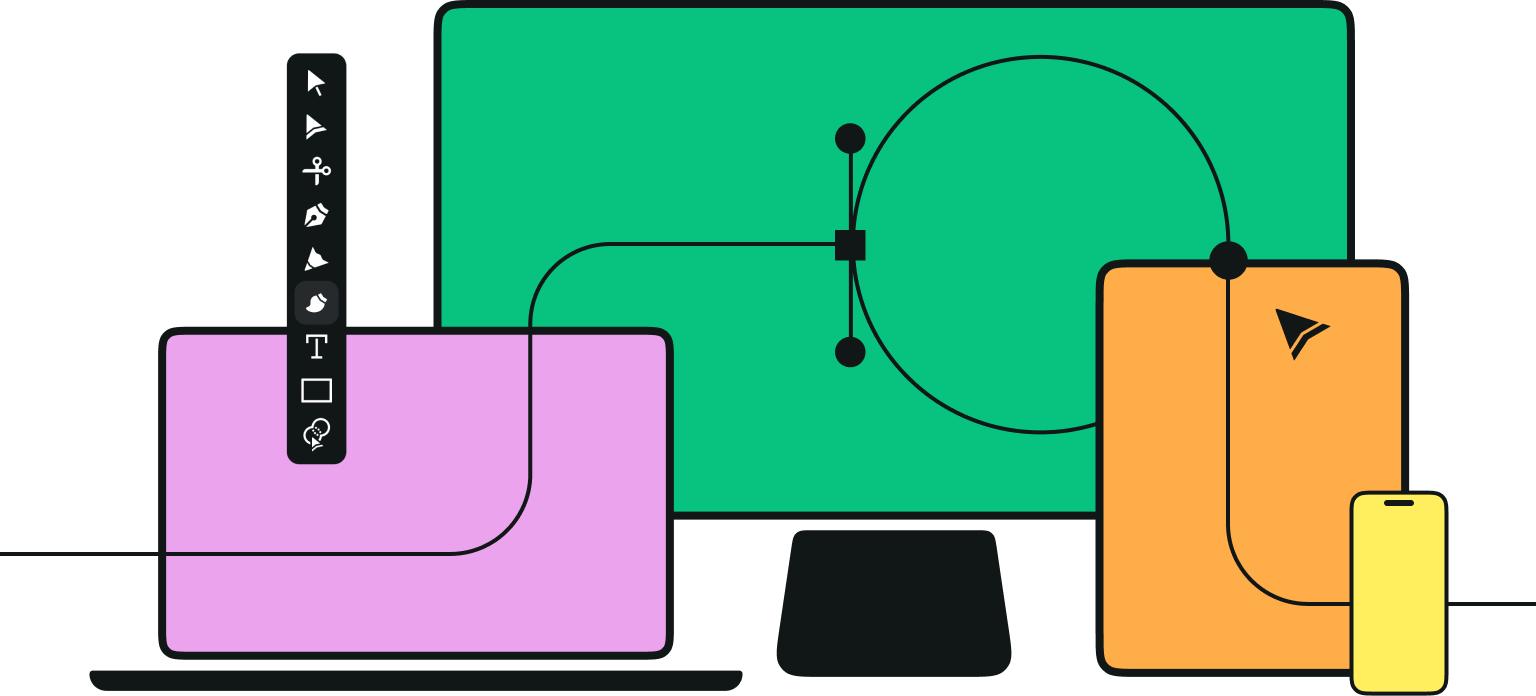If you’re interested in graphic design – whether that’s because you want to pursue it as a career, because you want to develop it as a skill or side hustle, or you just think graphic design is awesome – there is a strong chance you have heard about motion graphics designers.
Motion graphics design, also known as just motion design or "MoGraph" if you’re hip, can be considered a major growth area of graphic design. Improvements in technology and software combined with a massive increase in the number of screens we interact with daily mean that motion graphic design is almost everywhere.
Right now you might feel inspired to become a motion graphics designer, but before you charge ahead, you need to know what a motion graphic specialist does. So let’s dive in and talk about the day-to-day realities of motion design and the skills you’ll need to succeed in the field.
Jumpstart your ideas with Linearity Curve
Take your designs to the next level.
First Up: What Is Motion Graphics Design?
Before we get into the weeds about what a motion graphics designer does, it will help to clarify what motion graphics design is.
We’ve already done a deep dive on this subject to explain all about motion design, the trends in the industry, and how it works so that you can dig through that for an in-depth view.
In short, motion graphics design is the application of motion to graphic design – motion design uses techniques like animation and visual effects to bring graphics to life.
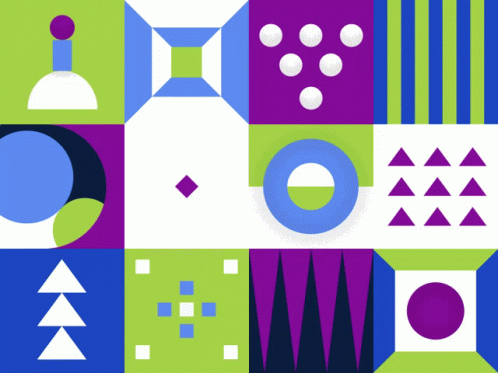
What kinds of tasks does a motion graphics designer perform?
The kind of work that a motion graphics designer does is largely determined by the project scope and the size of the creative team they are a part of.
Firstly, they need to meet with internal and external clients to understand the scope of a job. For external clients, they need to work out their needs and desires and figure out how they can meet them, and for internal clients, it’s a similar process but more geared towards working out what part of the overall job they will be working on.
Deadlines will also need to be set and met, and there will most often be rounds of feedback for changes and improvements. In some cases, an independent or freelance motion graphic designer can take care of all of the aspects of a project, but most often, they will be part of a team.
Bring Your Stories to Life with Stop Motion
Discover the art of stop motion animation with Linearity Move. Create captivating, frame-by-frame stories that engage and delight your audience.
There is a huge range of different design-related tasks that a motion graphic designer can work on. They can design 2D animations, create computer-generated graphics, animate typography, design 3D characters, draw motion illustrations, implement procedural animation, and more.
What kind of area will be worked in is a result of the kinds of projects the designer is working on.
What kinds of projects do motion graphics designers work on?
One of the best ways to get a handle on what a motion graphic designer does is by looking at some examples of common projects and jobs that they work on.
The potential scope of these projects is almost unlimited, but here are some common areas.
Film & TV title design
One of the earliest instances and applications of motion graphics was in the creation of film titles and credits for motion pictures.
This video content area has continued to evolve and flourish and is now widely considered an art form in and of itself. There are now studios and artists dedicated to this craft, and the best film and TV titles are often as iconic as the movies or shows.
If you become a motion designer, you could find yourself working on the next big blockbuster or viral TV hit.
Explainer videos and infographics
There is a very strong chance that you’ve been scrolling through your social media feed and found your attention captivated by an animated video or infographic that uses graphics to explain a concept.
This type of cinematic technique can be used to make processes easier to understand, for example, how vaccines work. It can also be used to make information easier to comprehend, for example, how much the world population has grown in the past century.
This type of explainer motion graphics can make almost any concept easier to understand.
Animated logos
News programs and TV stations were some of the pioneers of using motion design for their logos, and with the rise of the internet and mobile domains, animated logos can now appear in many more contexts.
Animating an app logo for its loading screen or adding motion to the logo on a company website can elevate the use of logos to a whole other level, and 3D logo animation is becoming ever more popular. A motion graphics designer can take a static logo and make it a dynamic, eye-catching wonder.
Kinetic typography
When text is animated or moves in any way, this is known as kinetic typography, and it can be used in various situations.
When the title of a film title is animated and transformed during the title sequence, this is kinetic typography. When you see text moving around the screen during an advert, this is also kinetic typography.
Motion graphic designers are adept at taking emotive motion graphics and making text speak through movement.
Advertising
Creating engaging and captivating adverts is a core area for many motion graphics designers and agencies.
Many different promotional motion graphics and techniques can be used in producing adverts and video advertising, including animation, kinetic typography, visual effects, and more.
What skills does a motion graphics designer need?
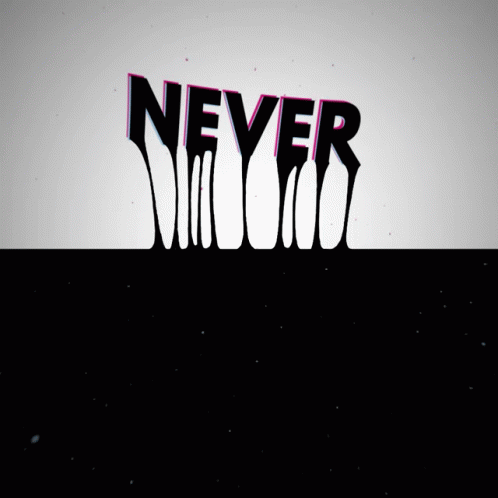
By now, you should have a good idea of what a motion designer does – but how do they do it?
What kinds of skills do you need to develop to become a motion designer? This isn’t an exhaustive list, but these are some of the essential traits all motion graphics designers have.
Graphic design skills
OK, we know that it might seem completely obvious that a motion graphics designer needs graphic design skills (the clue is in the name), but we want to highlight it, especially as it really is such a central part of the design process.
Technically, you can be a motion graphics designer who just works with creative assets that a designer has already made, and you just set these graphics in motion, but working in this way would be very limited.
Having advanced knowledge of how graphic design elements are created, and being able to create them yourself, is considered fundamental to being a good motion graphics designer.
Technical skills
This might be even more self-evident than needing graphic design skills, but it’s worth drawing attention to.
Almost all of the work in motion graphic design happens on a computer. Sure, you can sketch ideas down by hand (this is a really good thing to do, by the way), but when it comes to bringing your ideas to life, it’s going to take computer hardware and software.
You’ll need to have a good general understanding of operating systems along with an ability to work with industry-standard programs and animation software like Adobe Flash, Maxon Cinema 4D, Adobe Illustrator, Adobe Photoshop, and so on.
You won’t need to master every program immediately, but you’ll need a good level of general technical skill if you want to progress.
A keen understanding of animation
One of the key techniques of motion design is animation, and if you want to be a motion designer, you’ll need to have a deep knowledge of the principles and styles of animation.
Bringing 2D vector-based graphics to life by adding movement and motion means that designers need to know how to work with timing, how the animation perspective can change with the position of cameras and light sources, how procedural animation can save time, and more.
A motion graphics designer knows how to use animation fundamentals to bring the work to life.
3D modeling and design skills
Many modern motion graphics are based on 3D modeling, and the signs indicate that this is the industry’s direction.
Sure, you could try to just work with 2D motion design, but you’ll be severely limiting your growth opportunities and the type of work you can do. Good motion graphics designers and 3D artists are dab hands at using 3D application software like Maxon Cinema 4D and Adobe After Effects.
Ready to create brand assets that pack a punch?
Visit our Academy for free motion design courses.
An understanding of color theory
You might think that knowledge of color theory is not as important as knowing how to use software or how to animate effectively, but you’d be wrong.
Every piece of motion design you work on will involve color.
You need to understand how colors can convey various moods and feelings and know how to properly use color schemes in your work. The best motion graphics designers not only use motion to bring graphics to life, but they also use color to communicate messages and invoke feelings.
Creativity and originality
Developing your own fun style as a motion graphics designer is arguably the most challenging skill to develop.
Whereas learning software and new techniques can happen by just putting in the hours, creativity doesn’t operate in this same way. Creativity is more of a soft skill, but it’s also one you can develop with practice. Take inspiration from other sources and try to add your own twists, and don’t be afraid to try and lead clients in new directions.
A lot of the time, a client will only have a rough idea of what they want, and a creative motion graphics designer can find ways to get clients to try new things and ideas. The more work and jobs you do, the more you will develop your own signature style and improve your creative skills.
How to become a motion graphics designer
If you want to become a motion graphics designer, we have good news and bad news.
The bad news is that there is no single path to becoming a motion graphics designer.
But the good news is that there is no single path to becoming a motion graphics designer.
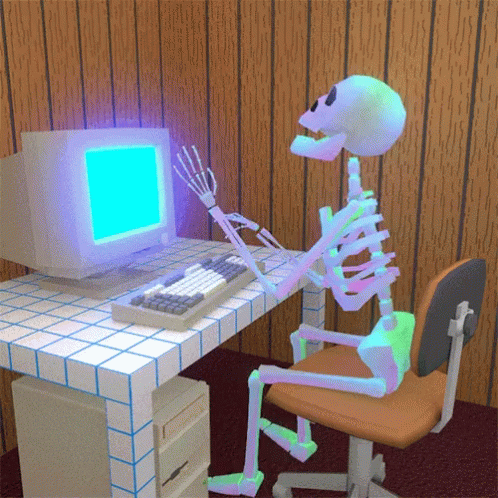
Unlike professions that require a degree in a particular field, followed by further study and then work experience in that field, you can come to a career in motion graphics design from different angles.
If you really want to, you can launch your career in a completely autodidactic way. You can learn the techniques and software on your own, then build up a personal portfolio of work, and then use this to either gain experience with an agency or to look for jobs yourself.
This is probably the hardest route to take, but if you have existing experience in graphic design, it’s not an unrealistic option.
If you’re looking for a job as a motion graphics designer, almost all potential employers will want you to have a degree in the field, be that in graphic design or a related discipline. If you are in a position to do a postgraduate degree specializing in motion design, this is another good way to move forward along the career path.
Formal studying like this will give you a really good foundation of knowledge to build on.
Arguably more important than studying is direct working experience. You could start by looking for internships in companies that specialize in motion design, as this is a great way for you to get your foot in the door and learn exactly how motion graphics design works in the real world of work.
Final thoughts
The work of a motion graphics designer is diverse and exciting, and it’s an area of graphic design that is growing fast.
New technology and media formats have made digital design more accessible than ever, and the opportunities to work in the field are increasing every day. This rundown has hopefully given you an insight into what a motion graphics designer does, what skills you need, and what path you can take to become one.
If you want to bag yourself a motion graphics designer job, we have just one piece of advice: get a move on.
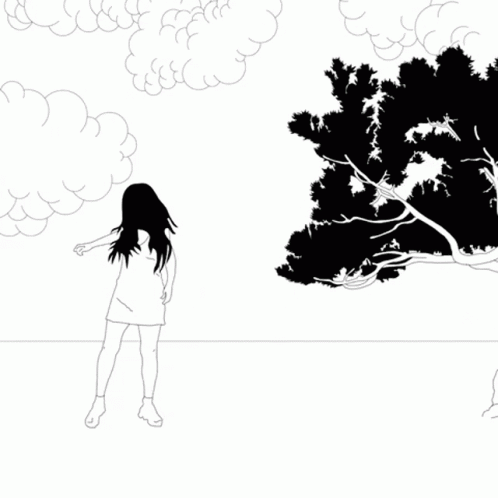
If you're eager to start a career in motion graphics, you'll probably need a vector graphics tool.
Download Vectornator on your iOS and Mac devices to start drawing characters, objects, and logos. You can then import your files into motion graphics software, such as Animaker or After Effects, to bring them to life with dynamic movement.
Jumpstart your ideas with Linearity Curve
Take your designs to the next level.
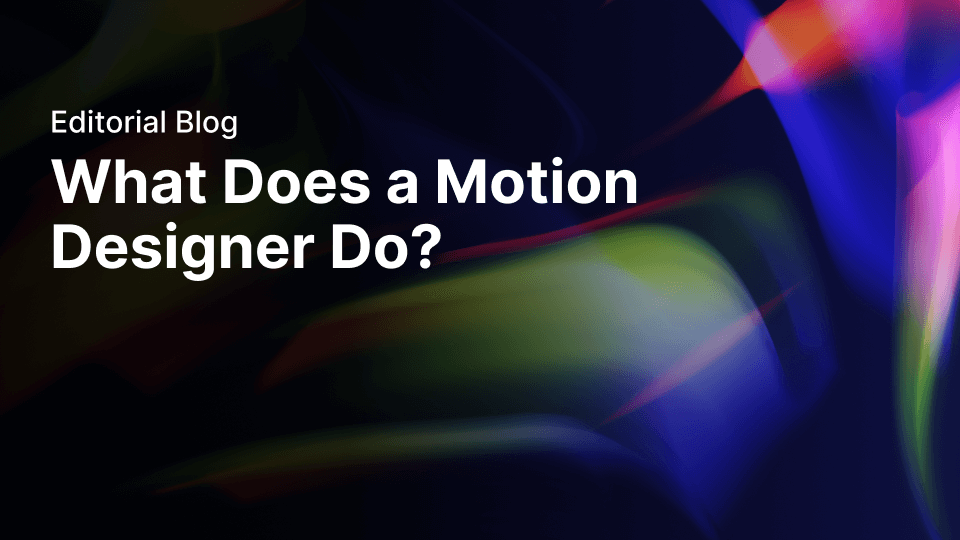
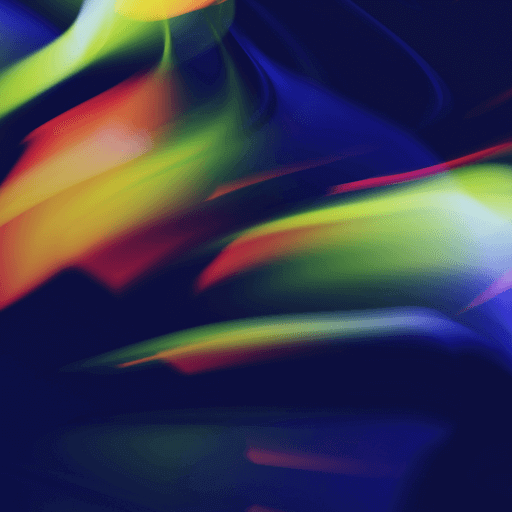
Share this!
Jonny Tiernan
Jonny is a contributing writer to the Linearity Blog.


:quality(75))
:quality(75))
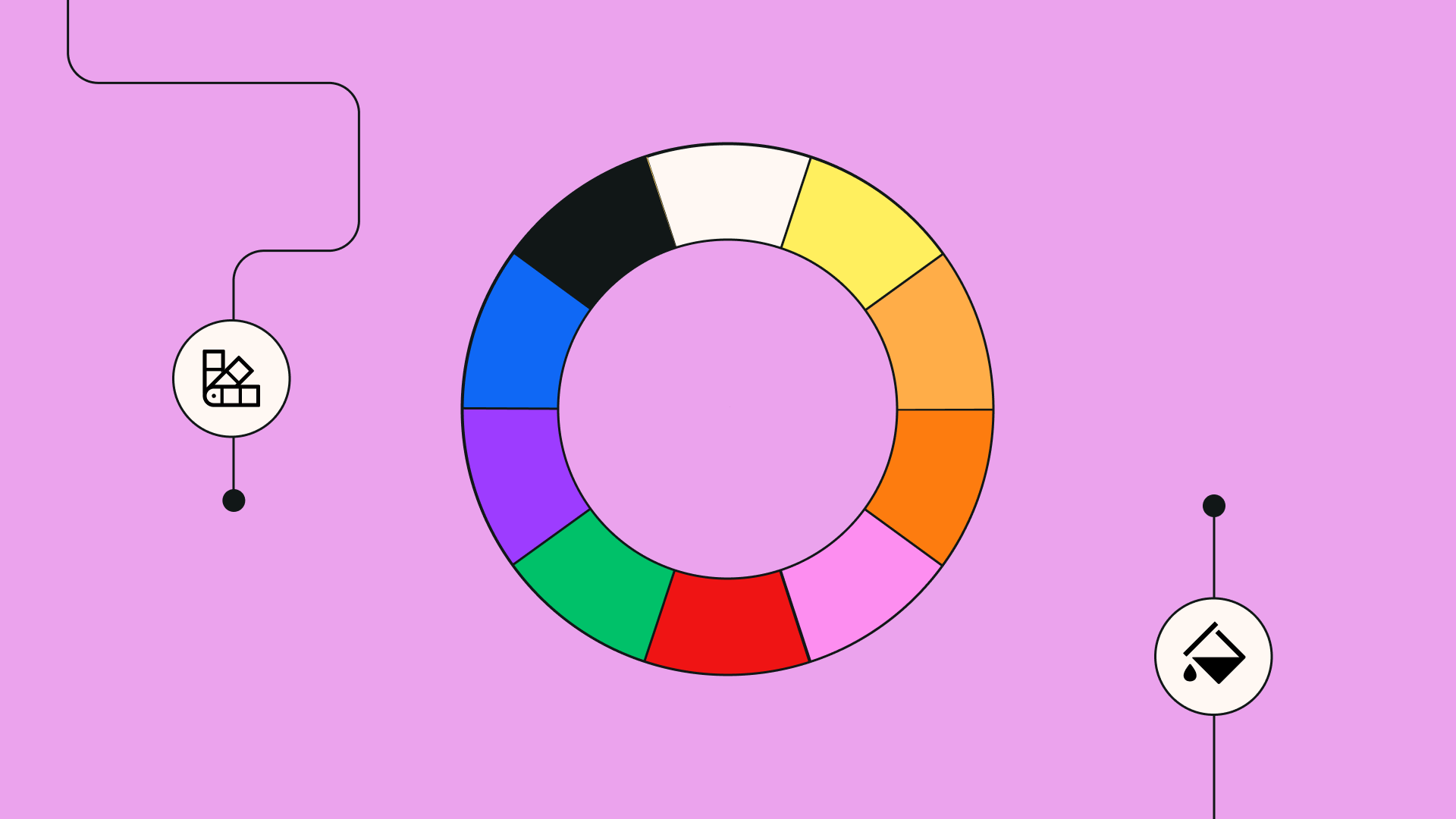
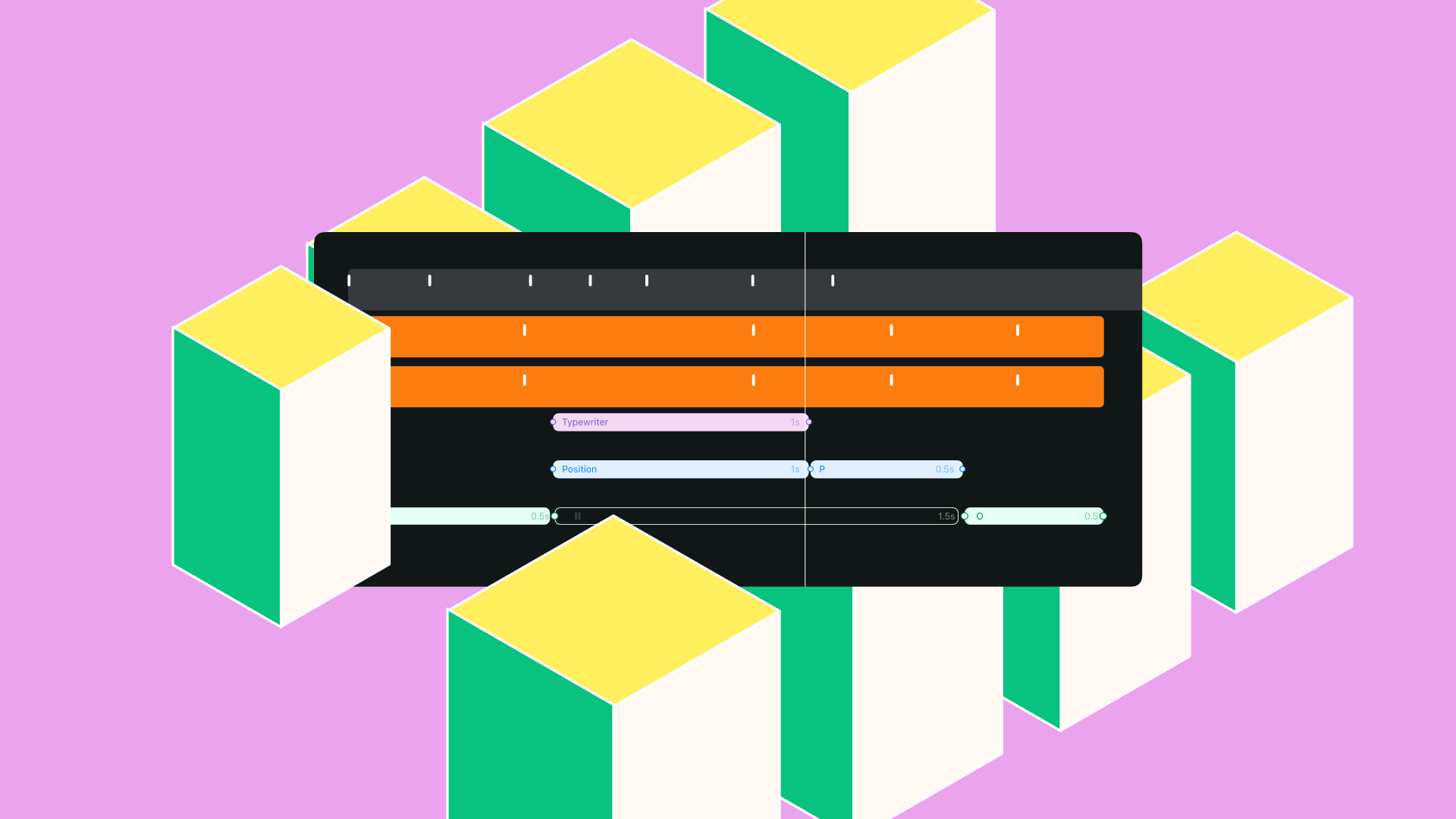
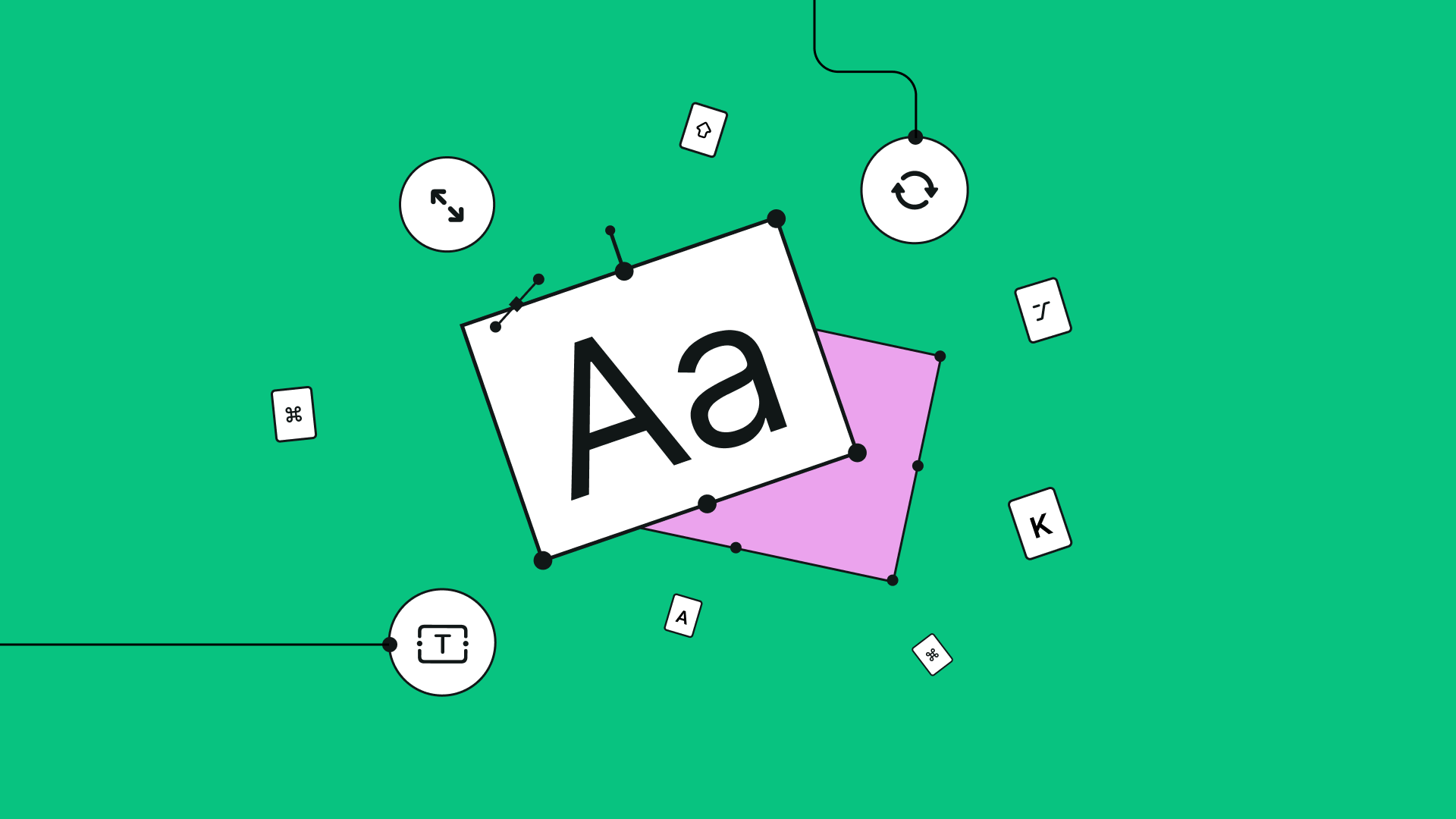
:quality(75))
